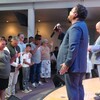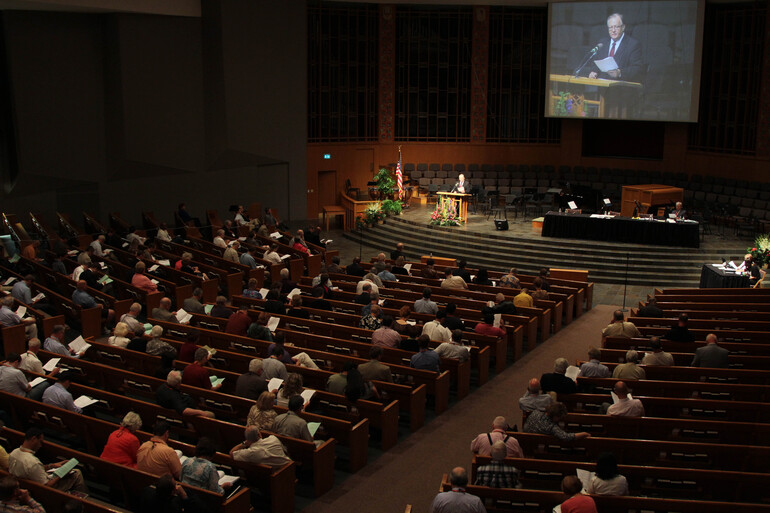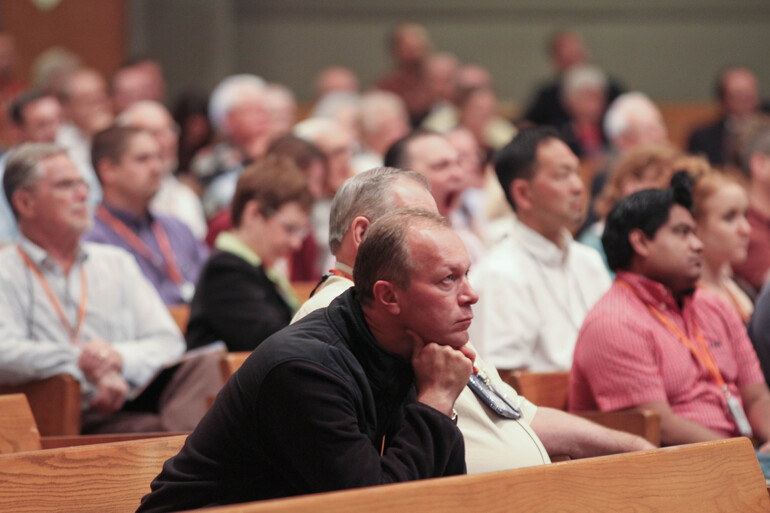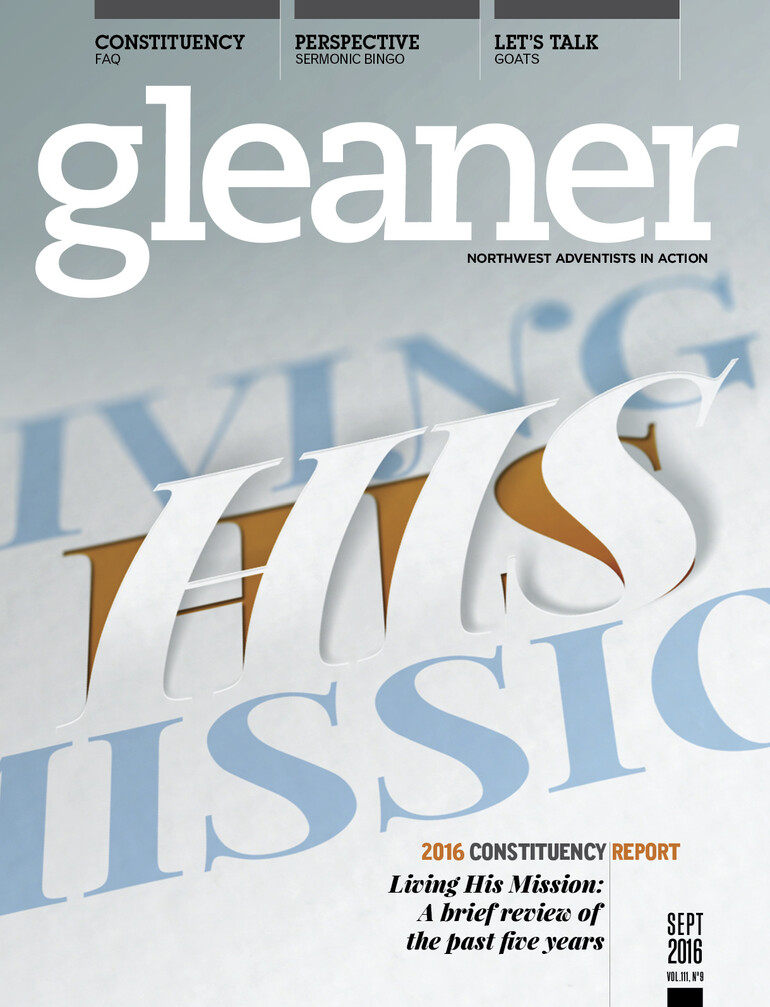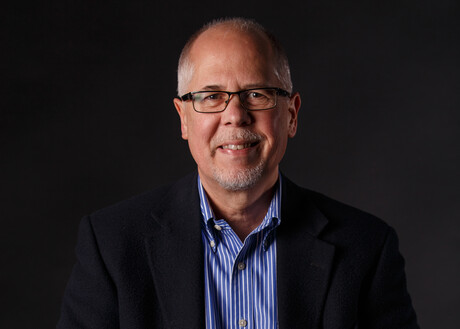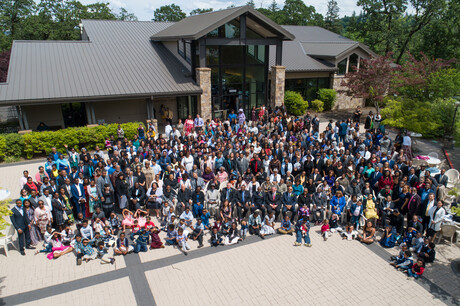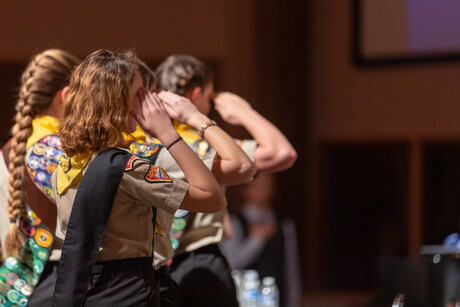With the North Pacific Union Conference constituency session coming up Sunday, Sept. 25, here are some questions and answers in an attempt to demystify the process. Submit a question of your own in the comment section. But here, at least, are some answers to some Frequently Asked Questions.
How many delegates are involved in the NPUC constituency session?
As we go to press, the official listing of delegates includes about 346 names. The actual number present and voting at the Sept. 25 session will be somewhat less. A delegate must be present to vote. There are no proxy options.
How are they selected?
The majority directly represents and is proportional to local conference membership. Each conference, regardless of its size, is allowed three delegates "at large." In addition, their executive committees must elect an additional delegate for every 400 members. For instance, the Idaho Conference, with approximately 6,592 members, has three "at large" delegates plus 16 additional delegates who represent the membership formula. A majority of these delegates must be lay members without direct ties to church employment. According to the NPUC bylaws, there are also "ex-officio" delegates who represent specific institutions or groups. You can read the exact wording of the bylaws on delegate selection and view a complete listing of all delegates in this issue.
Why is the Walla Walla University constituency session held at the same time and place?
The university's constituency and delegates are essentially the same as the NPUC, with one small difference: the addition of WWU board members who are not already NPUC delegates. At some point during the day on Sept. 25, the NPUC session will adjourn and the WWU session will convene.
What do the delegates actually vote on?
Delegates will vote on the names for executive officers (president, executive secretary and treasurer) recommended by the nominating committee. According to the NPUC constitution, only the three executive officers are voted into office at the main constituency session. Vice presidents, departmental directors and their associates are selected and approved at the executive committee meeting following the session (in November this year). During lunch, delegates will be grouped by conferences to choose recommended names to be presented for a vote later in the afternoon to select the executive committee for the next five-year term. They will also vote on any changes to the bylaws and upon other legal and financial matters.
Is the Sept. 25 session a closed meeting, or can anyone attend?
This is an open meeting, but to ensure equal representation, only the official delegates are allowed to participate and vote. Between now and Sept. 25, each member has an opportunity to find someone on the delegate list with whom to share opinions and concerns.
Do you have a question?
Join the dialogue in the comment section below.
